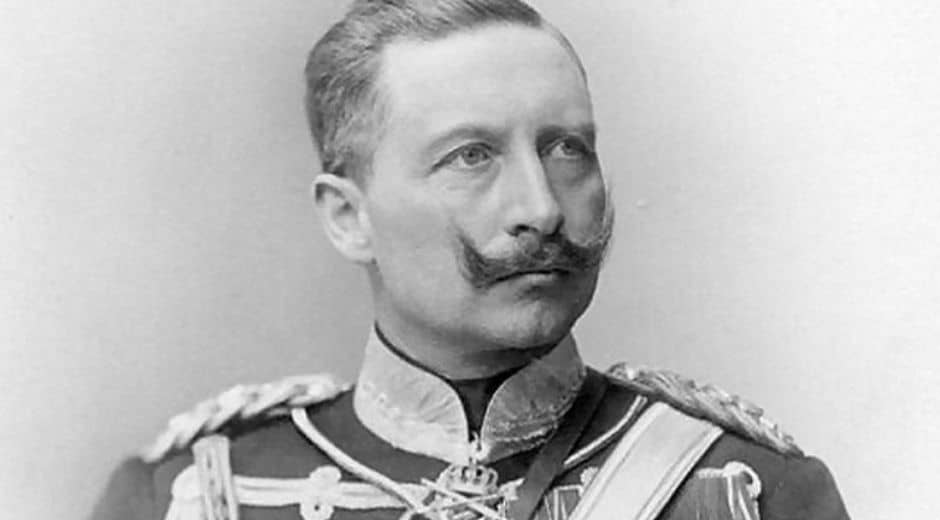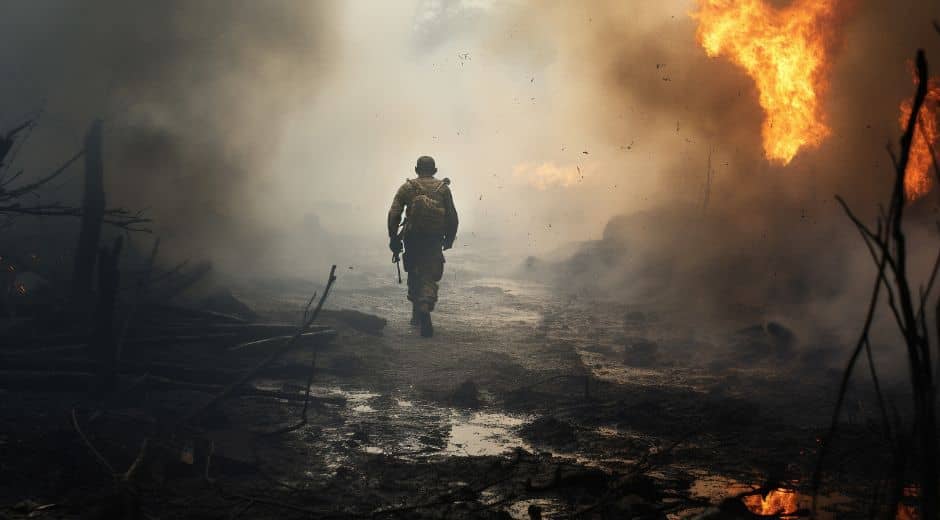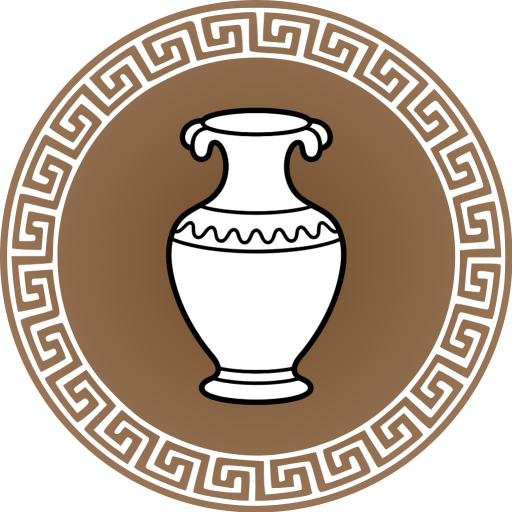The Architects of WW1: Leaders Who Shaped the Great War
The Architects of WW1: Leaders Who Shaped the Great War
Political Leaders and Strategic Vision
The political landscape preceding the Great War set the stage for global conflict. Leaders such as Kaiser Wilhelm II of Germany, Woodrow Wilson of the United States, and David Lloyd George of the United Kingdom were pivotal in shaping alliances and wartime policies.
The Architects of WW1 were tasked with balancing domestic pressures with international strategy. Their diplomatic decisions, including treaty negotiations and alliance commitments, directly impacted the war’s scale and intensity. For in-depth political analysis, Politicxy provides detailed studies on how these leaders influenced WW1 diplomacy and global relations.
Military Commanders and Battlefield Strategies
At the operational level, generals and commanders dictated the movement of armies and the strategies that defined battle outcomes. Figures like General John J. Pershing, Marshal Ferdinand Foch, and Douglas Haig are frequently highlighted as The Architects of WW1 for their tactical ingenuity and leadership under pressure.
These commanders faced unprecedented challenges, including trench warfare, new technologies, and massive troop mobilizations. Their decisions often determined not only victory or defeat but also the survival of countless soldiers. By studying these figures, historians gain insight into how leadership, planning, and adaptability shaped modern warfare.
Innovations in Warfare
The First World War was also a period of rapid technological and tactical innovation. Tanks, machine guns, airplanes, and chemical weapons transformed the battlefield. The Architects of WW1 not only implemented these technologies but also adapted strategies to leverage them effectively.
Understanding how these leaders integrated innovation highlights the intersection of human decision-making and technological advancement. For further exploration of wartime industry and its strategic impact, BusinessForumHub examines how production and logistics influenced the outcomes of WW1 campaigns.
Diplomacy and Alliance Management
Global alliances played a crucial role in extending what might have been a regional conflict into a world war. Leaders such as Tsar Nicholas II of Russia and Emperor Franz Joseph of Austria-Hungary navigated complex diplomatic networks. Their successes and failures shaped military coalitions and influenced which nations entered the war.
The Architects of WW1 demonstrated the delicate balance between diplomacy and military necessity. Their choices illustrate how international relations, political priorities, and personal judgment collectively shaped the conflict. Studying these decisions helps contextualize both the outbreak and continuation of the war.
Personal Leadership Qualities
Beyond strategy and policy, the personal traits of The Architects of WW1 were instrumental. Courage, decisiveness, and adaptability were required to manage armies, maintain morale, and respond to rapidly changing circumstances. These qualities helped leaders guide their nations through unprecedented turmoil.
Personal accounts, letters, and memoirs provide insight into the human side of leadership during WW1. They reveal moments of doubt, inspiration, and resilience that defined the careers and legacies of these influential figures.
Lesser-Known Figures and Unsung Heroes
While generals and statesmen dominate history books, many lesser-known figures contributed significantly to shaping WW1 outcomes. Logistics officers, intelligence operatives, and advisors also played essential roles in strategy and planning.
Recognizing these individuals expands the concept of The Architects of WW1 beyond famous leaders, highlighting the collaborative nature of wartime decision-making. Their contributions ensured that strategies could be implemented effectively and that armies remained coordinated across vast battlefields.
Global Impact of Leadership Decisions
The consequences of decisions made by The Architects of WW1 were felt far beyond Europe. Borders were redrawn, empires dissolved, and new nations emerged. The post-war world reflected the successes and failures of wartime leadership.
Economic policies, territorial negotiations, and political restructuring all trace back to the strategies and foresight of these leaders. For additional insights on the broader economic and political ramifications of wartime leadership, resources like Chronostual provide detailed analysis of global consequences.
Lessons in Leadership
Studying The Architects of WW1 offers valuable lessons in leadership under pressure. Their experiences highlight the importance of strategic thinking, adaptability, and ethical decision-making in times of crisis.
Modern leaders, both in military and civilian contexts, can learn from the successes and failures of these historical figures. Their legacies remind us that leadership in complex situations demands vision, courage, and collaboration.
Commemoration and Historical Memory
Remembering The Architects of WW1 involves more than documenting battles; it is about preserving the lessons learned from their decisions. Memorials, biographies, and historical studies celebrate their contributions while offering reflection on the costs of war.
By understanding these figures, we not only honor their impact but also gain insight into how human leadership shapes historical events. The study of The Architects of WW1 ensures that their influence on global history is recognized and remembered.
Conclusion
The Architects of WW1 were instrumental in shaping one of the most significant conflicts in human history. From battlefield tactics to diplomatic negotiations, their leadership influenced the course and outcome of the Great War.
By examining their strategies, decisions, and personal qualities, we gain a comprehensive understanding of how individual and collective leadership can define historical events. Their legacy continues to inform our understanding of military, political, and social history, reminding us of the enduring power of strategic vision and courageous leadership.
History Insight Legacy
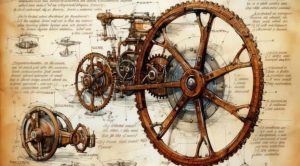
Ancient Technologies That Defied Understanding
In Ancient, we delve into the extraordinary technologies of the past that defy modern understanding. From intricate machinery to engineering marvels, this article uncovers how ancient civilizations achieved feats that still astonish and inspire researchers today.
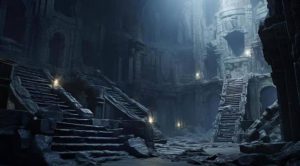
The Forgotten Kingdoms: Civilizations Buried by Time
In The Forgotten Kingdoms, we delve into ancient civilizations that time nearly erased. From hidden cities to lost empires, this article uncovers their remarkable achievements, culture, and the mysteries that continue to intrigue historians and archaeologists today.
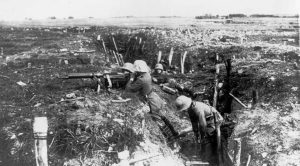
Unsung Revolutionaries: Figures Buried by Time
In Unsung Revolutionaries, we delve into the stories of remarkable individuals whose revolutionary ideas and actions influenced historical events, yet their contributions were overlooked or buried by time. This article highlights their courage, vision, and enduring impact on society and history.
